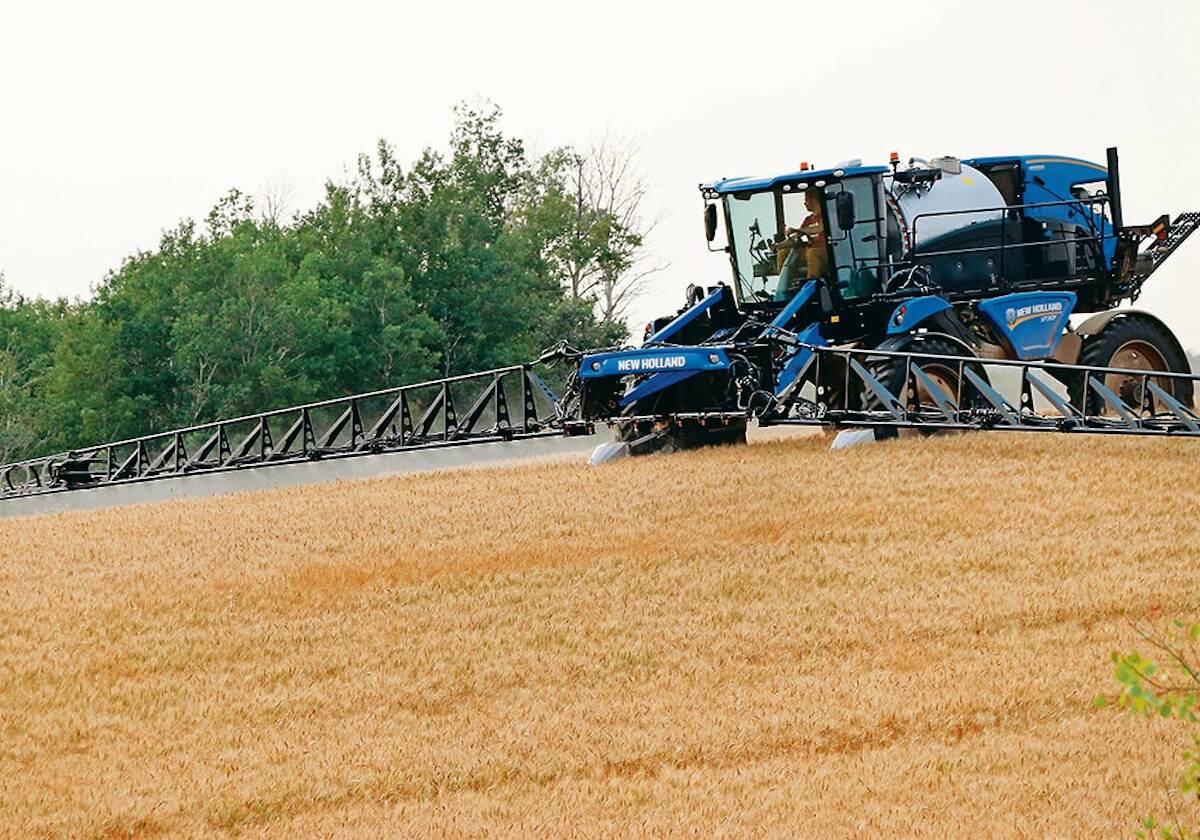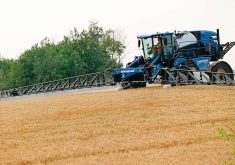For decades now, Canada’s supply management system has been under attack from both outside the country and within.
Internationally it’s a perennial target in trade negotiations, and particularly the dairy industry. That sector, over the years, has endured the ‘death of a thousand cuts’ as every time Canada has inked a trade deal, it’s seen another piece of the pie parted out to foreign competition.
Internally pundits, think-tanks and others have enjoyed taking more than a few potshots at it. It’s a form of orderly marketing that’s been decidedly out of favour for decades, as market economics and globalization have been on the ascendancy.
Read Also

Farming still has digital walls to scale
Canadian farms still face the same obstacles to adopting digital agriculture technology, despite the years industry and policy makers have had to break them down.
The latest salvo is a report, Supply Management 2.0, from academics at the University of Guelph and Dalhousie University.
As our Glacier FarmMedia colleague John Greig reports on the front of our livestock section, the authors arrive at four main conclusions:
- Create a voluntary program for farmers to exit the industry.
- Make significant changes to increase transparency at the Canadian Dairy Commission.
- Remove interprovincial trade barriers on dairy products and create an innovation fund for the sector.
- Initiate a 20-year plan to reduce general tariffs, develop an export strategy, create a Canadian brand and provide an incentive for innovation.
Some of these recommendations make sense, mainly the voluntary exit program and the call for more transparency at the dairy commission.
As the authors rightly point out the voluntary exit program would help offset what appear to be inevitable quota losses as free trade agreements begin allowing offshore competitors to take their bite.
And the dairy commission is, at present, the very definition of a captive regulator, staffed almost entirely by veterans of one dairy organization or another. It’s unpalatable when the telecommunications sector does it to the CRTC, and the fact it’s being done here for the benefit of the dairy sector won’t make this any more palatable for Canadian consumers, should they ever fully cotton on to how the sector is structured.
But other parts of the report seem more like wishful thinking by adherents to what appears to be an evaporating markets consensus.
The call to remove interprovincial trade barriers, for example, seems a fairly transparent attempt to target the Quebec dairy sector. One may not care for interprovincial trade barriers, but they exist in many sectors, and it seems a stretch to expect the dairy sector to lead this charge.
An even greater stretch is the desire to turn Canada into some sort of a ‘brand Canada’ export powerhouse. One has to wonder exactly what the authors envision. It won’t be fluid milk. And milk solids are a lowest-common-denominator product when we’re mainly talking about their use as ingredients for processed goods.
I seriously doubt any major food manufacturer will be looking to adopt the “Intel Inside” strategy.
That leaves premium dairy products like fine cheeses, which have proven popular the world over. There’s only one problem with that strategy — it takes a lot of skill and knowledge to produce these, and right now Canada simply doesn’t have enough of either.
Here Quebec is furthest down this road. It’s lured European cheese makers to come to Canada, and it’s the only province where raw milk cheese that’s aged less than 60 days can be sold.
In Manitoba the situation is more dire. There are commercial plants that make excellent cheese, but they’re not the sort of products that seem likely to spread around the world and carve out a market niche.
And the regulatory environment, at least currently, doesn’t look to be very supportive.
Take the curious — and infuriating — case of Dustin Peltier and Rachel Isaak. The two Winnipeg foodies and restaurateurs hoped to keep one of Manitoba’s few artisanal cheeses alive and available, the famed Trappist cheese from the village of Holland.
They acquired the recipe and training from the last qualified Trappist brothers, and began making cheese. Only to run into a bureaucratic runaround from the provincial Agriculture Department.
Inspectors there insisted — despite more than a century of evidence to the contrary — that the cheese simply couldn’t be made safely from unpasteurized milk, a stance that cost the couple tens of thousands of dollars.
The report’s recommendation of a 20-year plan might be overly optimistic on this front.
And even at that, it would only amount to a drop in the proverbial milk bucket.
What risks being lost here is a secure, local and affordable source of dairy products for Manitoba citizens, something the pandemic has brought into crystal-clear focus.
It may well be time to re-evaluate supply management. But that process can’t be ideologically driven.




















